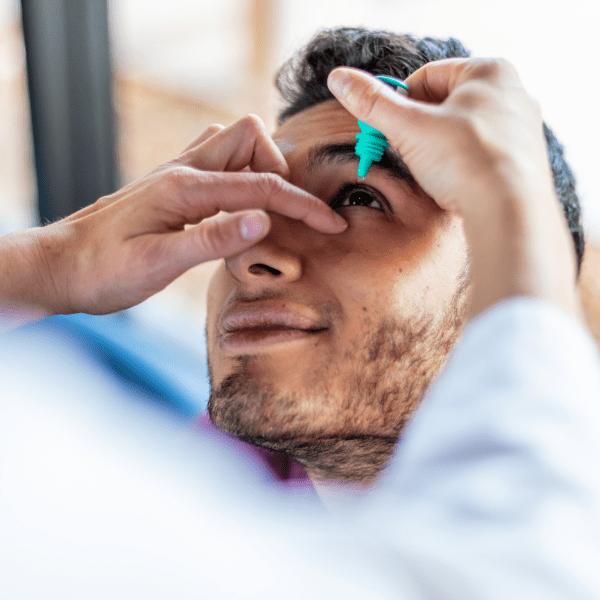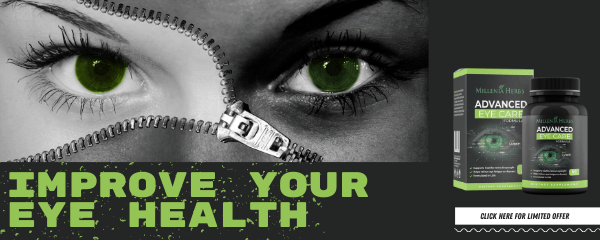Something in Your Eye?
When something gets in your eye — a speck of dirt, dust, an eyelash — your body makes more tears to flush it out. Even stuff that’s too small to see, like particles in smoke or chemicals in onions, triggers this reaction. Once the problem has been swept away, your eyes should stop watering. But there are other eye problems and health issues that can make you tear up more often, too.
Dry Eyes
You might have this problem because your body doesn’t make enough tears, because they dry up too fast, or they don’t have the right balance of water, oils, and mucus. Lots of things can cause those issues, from windy days to medical conditions. Whatever the cause, your eyes react by making more tears.
Pinkeye (Conjunctivitis)
This is a common cause of watery eyes for both children and adults. It can make one or both of the eyes look pink or red and feel itchy and gritty, like there’s sand in them. Infections with bacteria or viruses are the most common cause. Viral infections don’t need treatment, but you might need antibiotic eye drops if it’s bacterial.
Allergies
Blocked Tear Duct
Normally, tears flow out of the tear glands above your eye, spread across the surface of your eyeball, and drain into ducts in the corner. But if the ducts get clogged, the tears build up and your eye gets watery. Lots of things can cause the problem, like infections, injuries, even aging.
Eyelid Problems
Your eyelids are like windshield wipers. When you blink, they spread tears across your eye and sweep away the extra moisture. But sometimes they don’t work quite right. The eyelids and lashes can curve inward and rub against the eye, a problem called entropion. Or they sag outward, called ectropion, so the lids can’t wipe the whole eye when you blink. Either one can trigger watery eyes. If you need it, surgery can be a permanent fix.


